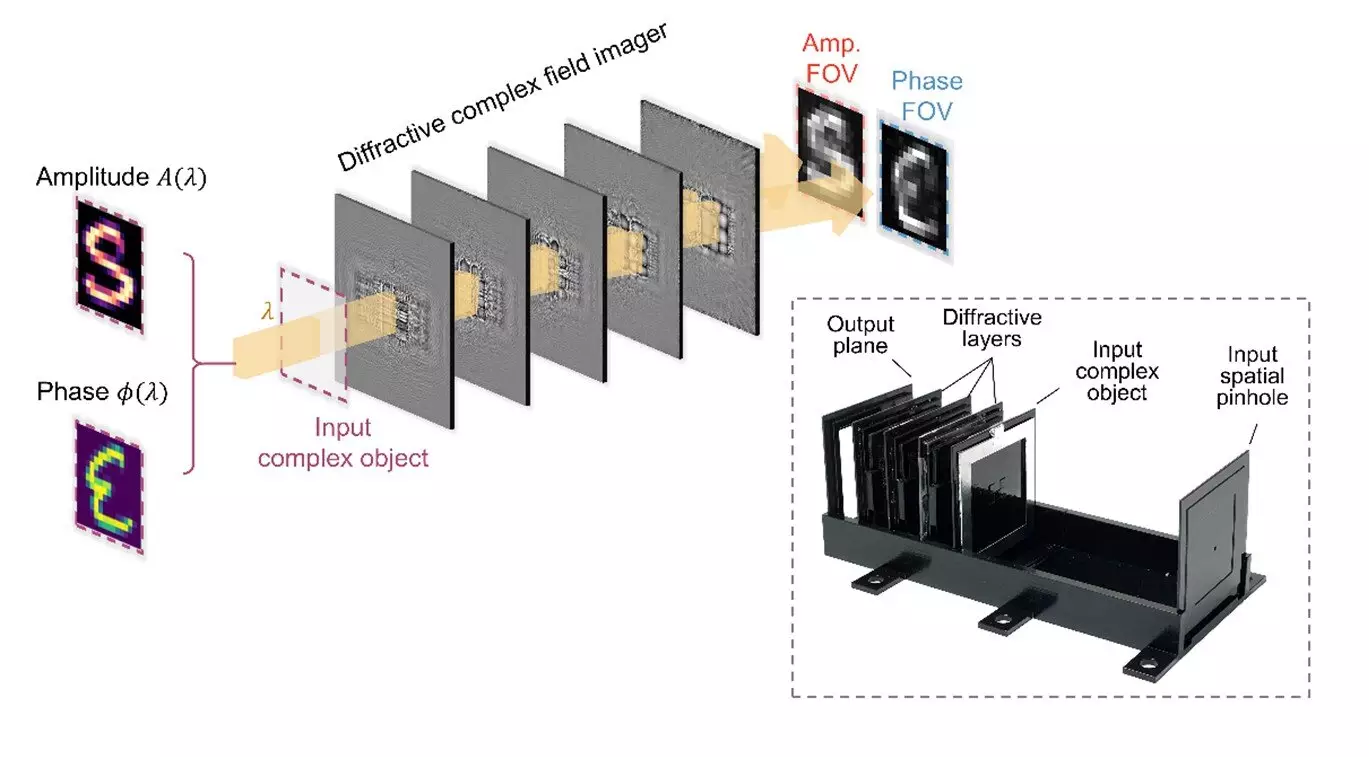The University of California, Los Angeles (UCLA) has recently made an extraordinary achievement in the realm of optical imaging technology. Researchers have successfully developed an all-optical complex field imager that has the capability to capture both the amplitude and phase information of optical fields without the need for digital processing. This groundbreaking innovation is poised to revolutionize numerous fields, such as biomedical imaging, security, sensing, and material science.
Overcoming Traditional Limitations
Traditional optical imaging technologies utilize intensity-based sensors that only have the capacity to capture the amplitude of light, neglecting the critical phase information. Phase information is vital as it provides valuable insights into structural properties like absorption and refractive index distributions, which are crucial for detailed sample analysis. Existing methods for capturing phase information involve intricate interferometric or holographic systems enhanced by iterative phase retrieval algorithms, resulting in heightened hardware complexity and computational demands.
Professor Aydogan Ozcan and his team at UCLA have developed a novel complex field imager that overcomes these limitations. The device employs a series of deep learning-optimized diffractive surfaces to modulate incoming complex fields. These surfaces create two independent imaging channels that convert the amplitude and phase of the input fields into intensity distributions on the sensor plane. This innovative approach eliminates the necessity for any digital reconstruction algorithms, streamlining the imaging process significantly.
The new complex field imager features spatially engineered diffractive surfaces arranged to perform amplitude-to-amplitude and phase-to-intensity transformations. These transformations enable the device to directly measure the amplitude and phase profiles of input complex fields. Moreover, the imager’s compact optical design spans around 100 wavelengths axially, rendering it highly integrable into existing optical systems. The researchers validated their designs through 3D-printed prototypes operating in the terahertz spectrum, demonstrating a high degree of accuracy with the output amplitude and phase channel images closely aligning with numerical simulations.
The development of the all-optical complex field imager heralds a significant advancement in optical imaging technology. By facilitating the direct capture of both amplitude and phase information sans digital processing, this technology simplifies the imaging process and broadens the scope of potential applications. In the biomedical field, the imager can be utilized for real-time, non-invasive imaging of tissues and cells, thereby offering critical insights during medical procedures. Its compact and efficient design makes it ideal for integration into endoscopic devices and miniature microscopes, potentially advancing point-of-care diagnostics and intraoperative imaging.
The future of optical imaging technology appears promising with the advent of the all-optical complex field imager. As the research team continues to refine and expand upon their designs, the impact of this innovation is poised to grow, presenting new opportunities for scientific research and practical applications across various fields. Whether it be in biomedical imaging, environmental monitoring, or industrial applications, the complex field imager holds immense potential for transforming the way we perceive and analyze the world around us.


Leave a Reply